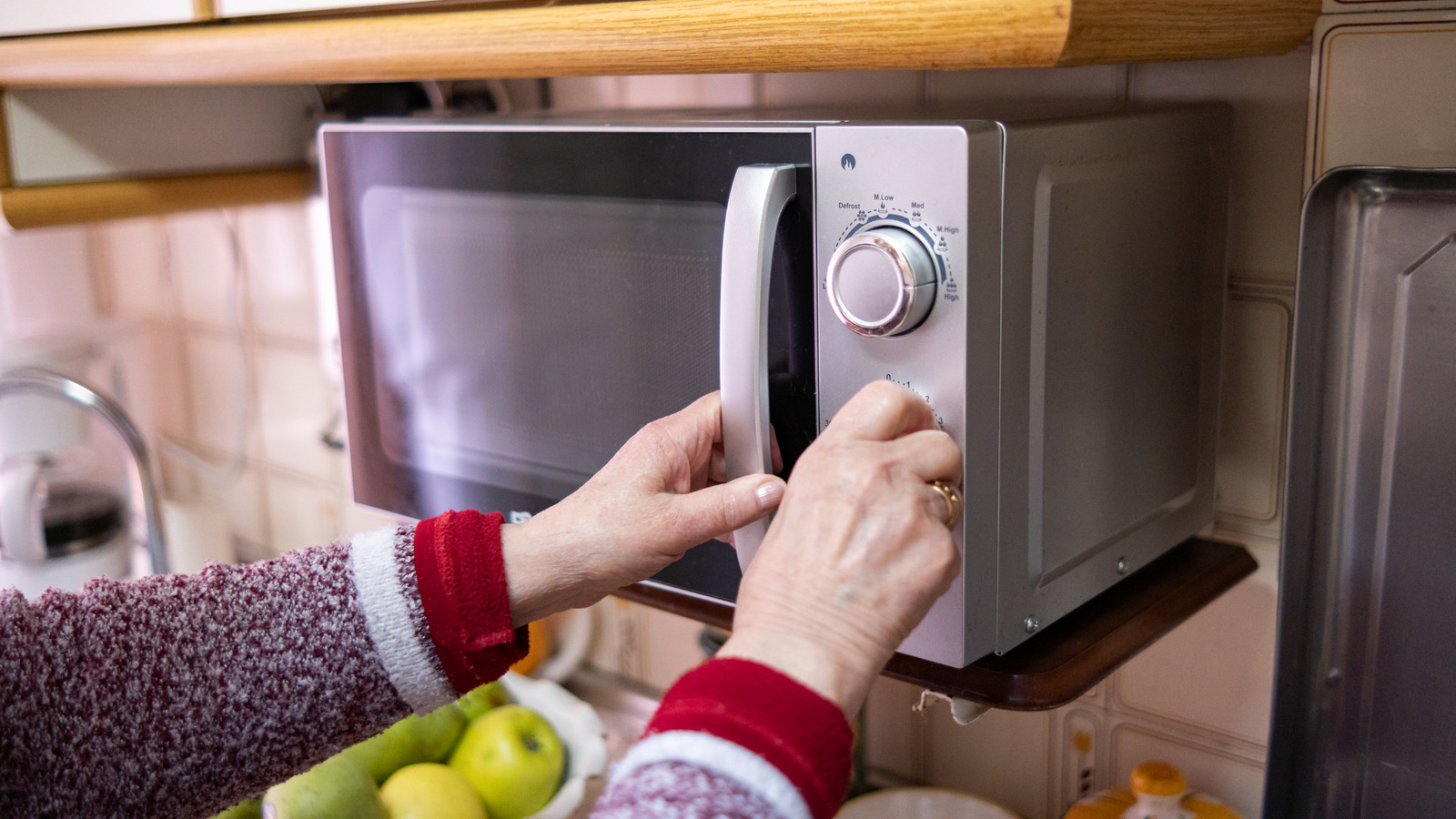
"In short, the higher your microwave's wattage, the more energy and heat it produces. Most consumer microwaves on the market use between 600 and 1,200 watts. While this is a fixed maximum setting, some microwaves have dials that allow you to reduce the wattage and, therefore, the heat. This handy feature makes it easier to melt chocolate in the microwave, or other delicate ingredients such as butter without scorching them."
"So, why does wattage even matter? First and foremost, the correct wattage ensures evenly heated food, because no one likes unappetizing cold spots hidden in reheated lasagna. Setting your wattage between 1,000 and 1,100 covers all of your bases and is powerful enough to cook large portions and frozen foods evenly, making it the best choice for families."
"Cooking power also affects texture, as overcooked food often develops a rubbery texture. Higher wattages cook food faster, which can be a major convenience factor. Particularly for microwaves with a steam cooking function, high wattage enhances flavor by maintaining moisture, nutritional value, and aroma, making your dinner taste better. Keep in mind that a high-wattage microwave that is used frequently or for long periods of time could affect your electricity bill."
Microwave wattage determines the energy applied to heating and commonly ranges from about 600 to over 1,700 watts, with most consumer models between 600 and 1,200 watts. A 1,000–1,100 watt microwave provides sufficient power for even reheating, cooking large portions, and handling frozen foods, making it suitable for families. Adjustable settings or dials allow lower wattage for delicate tasks like melting chocolate or butter without scorching. Higher wattage reduces cooking time, can preserve moisture and aroma in steam-cooking modes, and influences texture, while frequent high-wattage use can increase electricity costs. Maximum power is not always optimal; many foods benefit from lower settings.
Read at Tasting Table
Unable to calculate read time
Collection
[
|
...
]